Kayakers around the world dream of owning a kayak that doesn’t show any signs of wear and tear after years on end.
Kayaks are durable, but they may start to show signs of wear and tear over time. Luckily there are several things you can do to help your kayak look new for longer (e.g., cleaning it regularly).
Kayak wax, a useful tool for preserving fiberglass and composite hulls is actually pretty easy to do. However, there are safety tips you should keep in mind when doing so yourself.
To ensure your kayak stays in great shape, you might want to clean it and wax it. This guide will show you how.
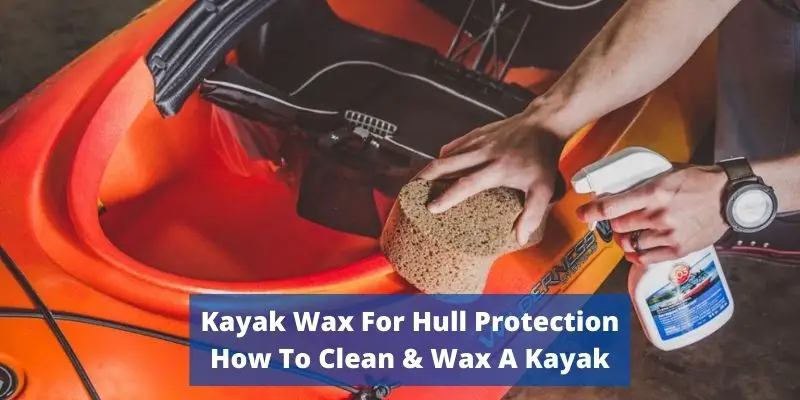
Kayak Maintenance: Should You Wax A Kayak?
There are several reasons why you should wax your kayak. For one, it is a good idea from a maintenance standpoint since having an unprotected hull can cause unnecessary damage to the yak over time. Waxing also helps protect against corrosion and keeps things looking nice for years.
Kayak wax is not always necessary for certain types of inflatable or polyethylene hulls. Depending on what you want to achieve, it can be a waste of time. However, both types of vessels can benefit from applying a UV protection spray to prevent discoloration or deterioration caused by exposure to sunlight (Source).
One of the biggest problems with waxing a kayak is that it won’t stick to polyethylene. The most talked-about benefit, creating a smoother surface and increasing speed might not be attainable either.
Why Waxing Your Kayak Is Important (specially composite made kayak)
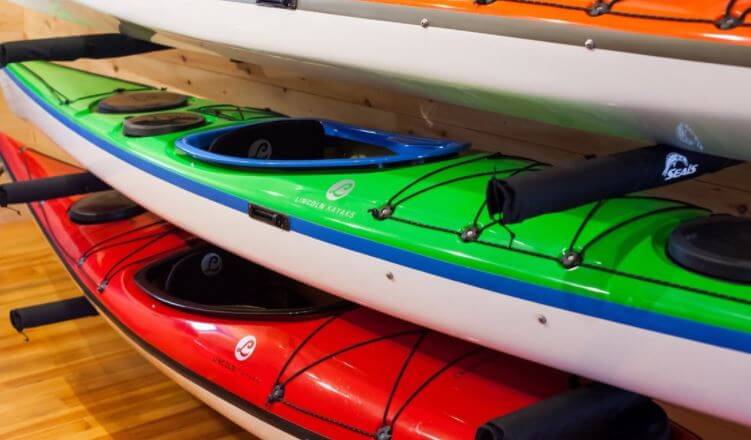
When it comes to kayak wax, it gives the best results on a composite kayak, as it adds an extra layer of protection to the kayak’s hull.
There are many reasons you should wax your composite kayak the next time it gets dirty. Here is a list of four:
- It will improve hull’s durability and longevity
- It will protect the kayak from UV rays
- As a protectant, composite waxed hulls are able to resist dents and scratches.
- Waxing composite kayak makes it look even better by increasing its shine and color (better if it has been painted recently)
Check: How To Paint A Kayak
Do You Need To Clean Your Kayak?
Cleaning your kayak is just as important, if not more so, than applying wax and UV protectant to its hull. Clean it once in a while with mild soap and water – at the very least after every use!
Getting rid of dirt and grime is half the battle when it comes to prolonging a kayak’s lifespan. Not only do you have to clean off any gunk or debris, but also keep your equipment in tip-top shape by regularly repairing nicks and scratches that come with use over time.
To avoid the uncomfortable and scary sensation of mold or mildew, make sure that your kayak is completely dry before you put it into storage. Mold and mildew form fast – especially on a boat’s hull as well as inside its cockpit!
Kayaks are oftentimes overlooked when it comes to cleaning out your gear, even though they need regular maintenance too. You should make sure you clean every part of the kayak including inflatable, polyethylene/plastic kayaks, or composite ones on a more frequent basis if paddling in saltwater.
Does Kayak Waxing Improves Speed?
Some kayaking experts believe that waxing your kayak may improve speed. This is because the smooth surface created by a thin coat of wax could allow for more gliding, reducing friction and increasing efficiency as you paddle through the water.
However, the reality is that it will be negligible and we shouldn’t expect an increase in speed if there even is one at all.
Kayak Waxing Supplies – All You Need To Get Going
If you plan on waxing a kayak, make sure to have these supplies beforehand.
- 2 microfiber cloths
- A sponge
- A bucket
- A water hose pipe (garden hose) and water supply
- Mild soap, such as dish soap or boat wash
- Marine Wax for composite kayaks
- UV Protectant
If you have a plastic kayak, don’t bother waxing it as the polyethylene won’t take to the substance well. However, if your boat is composite and can handle both UV protectants and other types of protection like waxes, go ahead.
It’s important to clean your kayak using only mild soap and water. This is true for both plastic and composite vessels.
Kayakers can skip the suds. While washing your kayak with soap and water is not necessary after each paddle, doing so every few months keeps it in good condition for years to come. After a session on open waters, rinsing off any debris or dirt using freshwater should suffice instead of busting out an entire liquid soap.
How To Wax A Kayak: A Step-By-Step Kayak Waxing Guide
Step#01 – Rinse Your Kayak
After a full day of kayaking, it’s time to get down and dirty. A thorough rinse (grab your garden hose) is in order before you begin any other cleaning process.
Grab Your Bucket & Fill It With Water
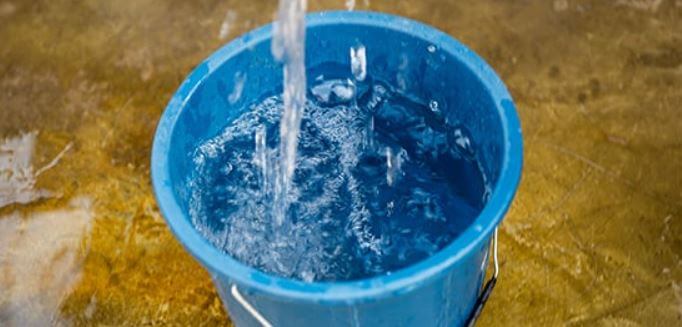
Now Fill your bucket with fresh water using a garden hose. Next, grab your boat wash or mild soap and add some of it according to instructions on the bottle if using a specific boat wash.
If you have a plastic kayak, don’t bother waxing it as the polyethylene won’t take to the substance well. However, if your boat is composite and can handle both UV protectants and other types of protection like waxes, go ahead.
It’s important to clean your kayak using only mild soap and water. This is true for both plastic and composite vessels.
Kayakers can skip the suds. While washing your kayak with soap and water is not necessary after each paddle, doing so every few months keeps it in good condition for years to come. After a session on open waters, rinsing off any debris or dirt using freshwater should suffice instead of busting out an entire liquid soap.
Step#03 – Wash Your Kayak
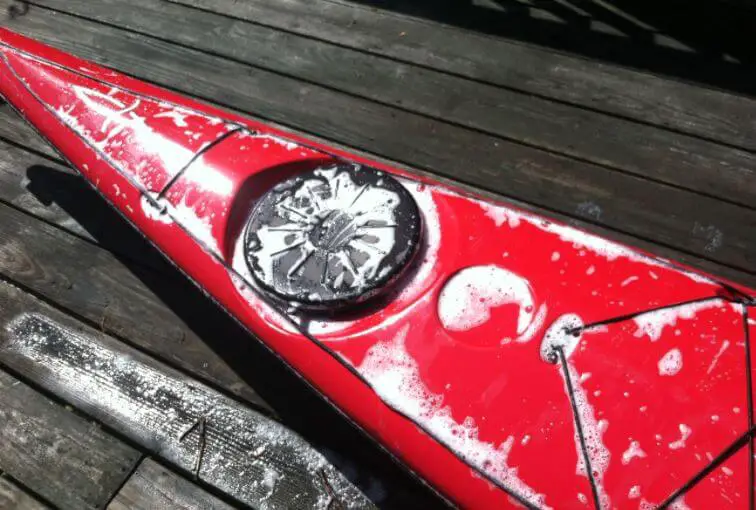
Soak your sponge in the sudsy water and wash both sides of your kayak. You might need to go over some stubborn marks a couple of times before they’re gone, but you’ll get there.
Step#04- Rinse It With Fresh Water
Use your hose to rinse the hull of your boat with clean water after you have washed it. Make sure there is no soap or suds left on the surface before you continue.
Step#05- Let The Kayak Dry
With your clean kayak, you can either let it air dry or use a towel for quick drying.
For plastic kayaks, it is recommended to skip the waxing process and apply UV protectant spray after this step.
Step#06- Wax Your Kayak
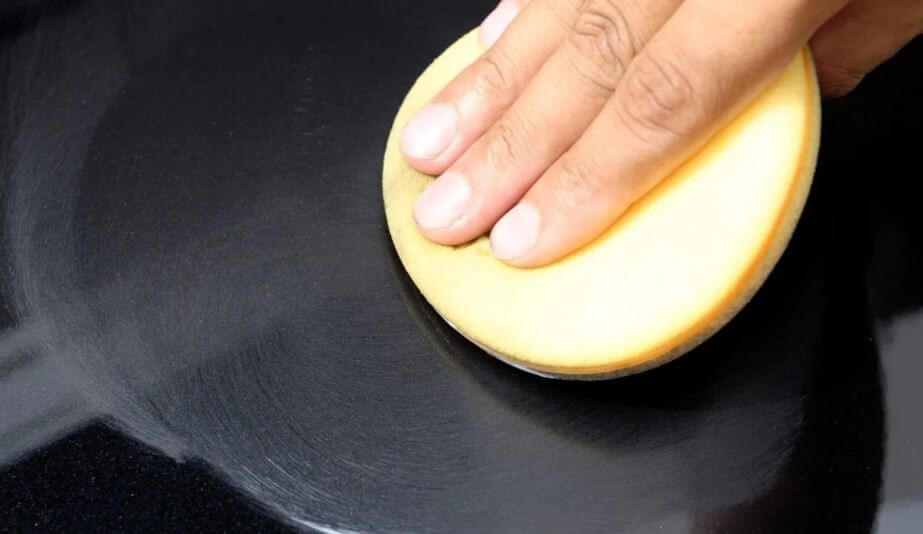
Once you have one of your microfiber cloths, prepare for this next step by absorbing the wax with it. The way to apply will depend on which formulation and manufacturer’s instructions are used so always check beforehand. Apply a small amount first, then start working in circles across the kayak’s surface gently using that same cloth.
If you want to use spray-on marine grade wax, spray it onto your hull first. Then gently rub the liquid on with a microfiber cloth; make sure your cloth is slightly damp before rubbing the product in so that it doesn’t absorb too much of the wax.
Step#07- Let It Dry
You can leave the wax to dry for a while, then apply it again if needed. You might find that some parts have dried by the time you finish applying all of your layers.
Step#08 Polish It Off – How To polish Polyethylene Kayak

Now your wax is dry, grab a microfiber cloth and start polishing. This should give it more sheen, making them shine brighter.
Step#9: Apply UV Protectant Spray
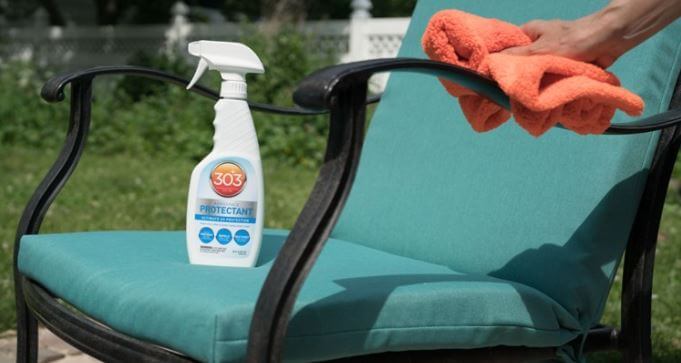
The final step to protect your kayak is to spray it with UV Protectant. Before spraying, make sure the boat is dry.
This kayak cleaning product is easy to use. All you have to do is to spray the solution onto your boat, then wipe it off with a clean dry cloth. If there’s too much of this cleaner on your vessel, simply mop it with a wet cloth. Then buff with another dry one until thoroughly dried again.
You are now ready to hit the water after your yak is dry.
How To Wax A Kayak – Summing Up
Kayak wax is a great way to improve the overall look and durability of your kayak. Whether you’re using it for aesthetic purposes or protection, finding the right products will make it easy for you.
To extend the life of your kayak, it is important to keep it clean and regularly protected. When choosing products, make sure that they are safe for the material on your particular vessel – whether plastic or composite.
